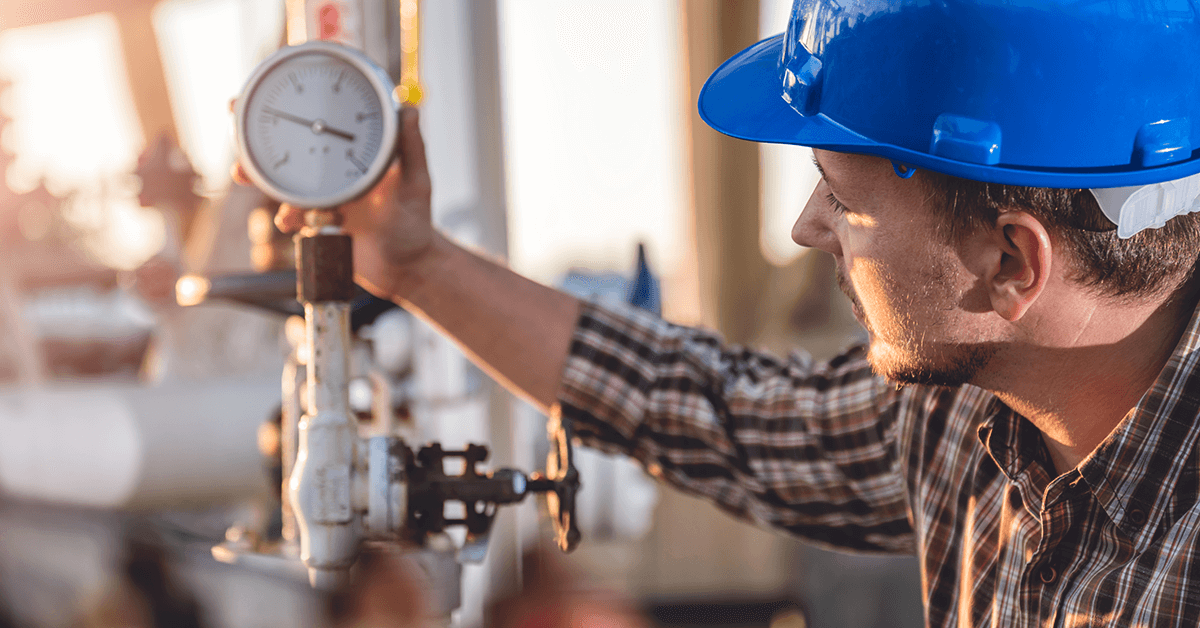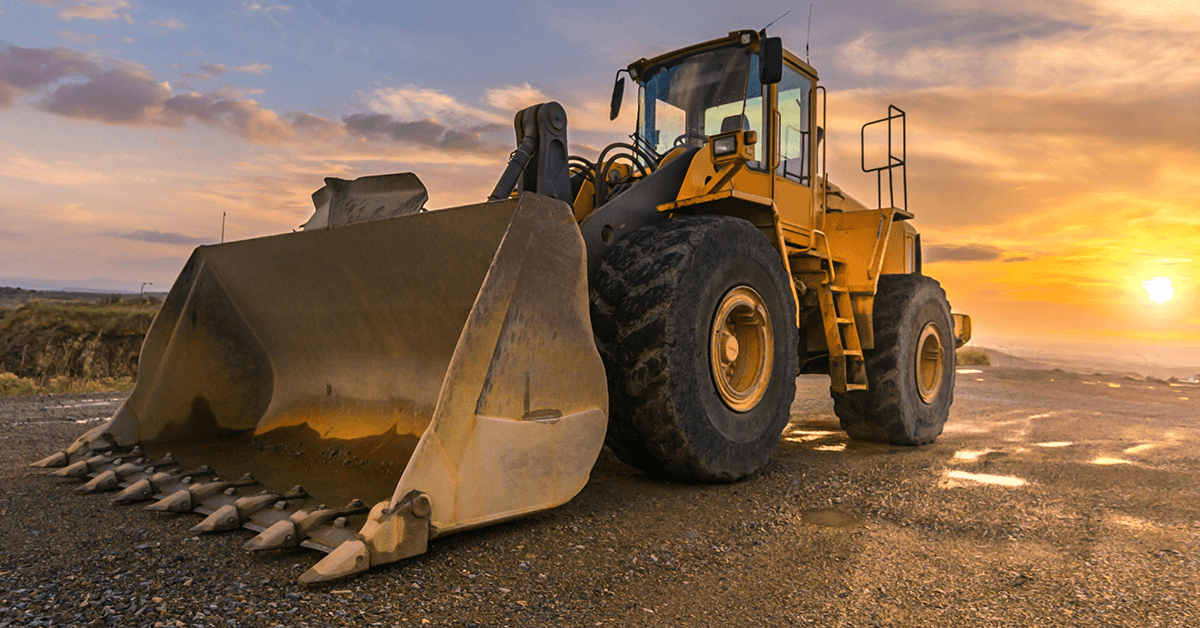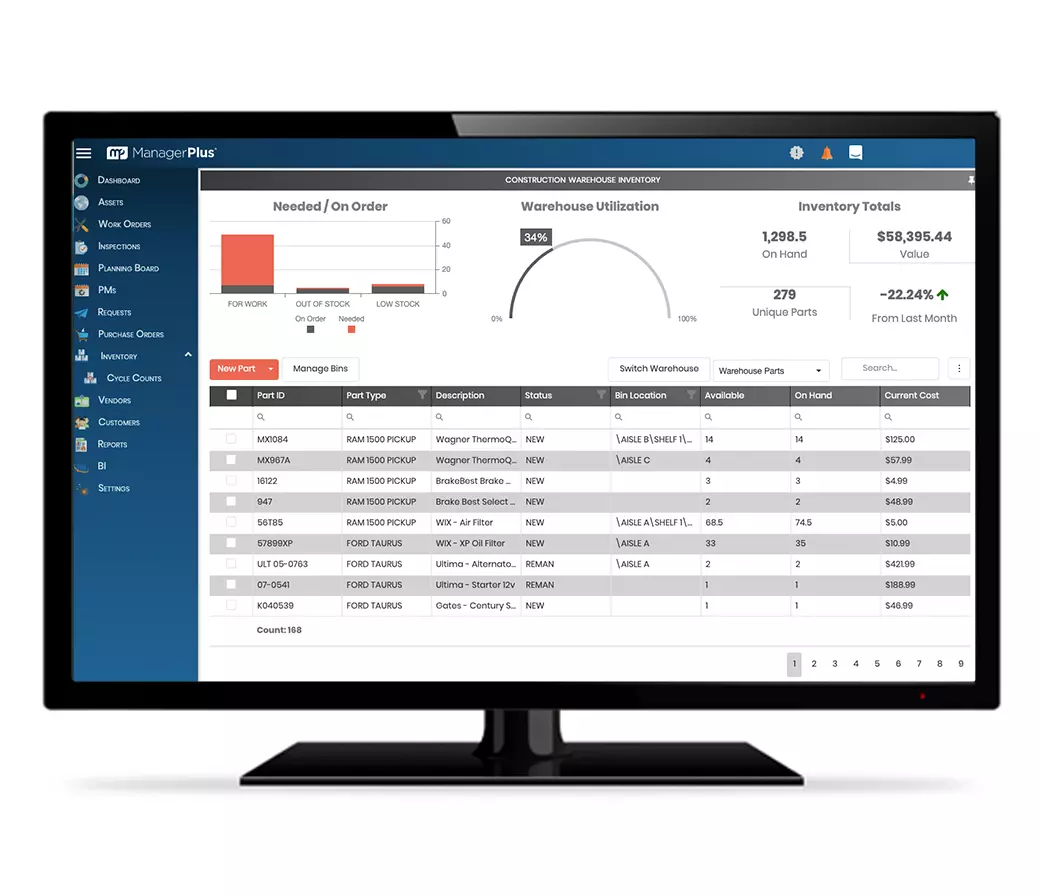We’ve all heard of “keeping up with the Joneses,” but when it comes to equipment maintenance, simply “keeping up” doesn’t cut it anymore.
No matter what kind of organization you’re a part of, you likely have at least a few critical assets that you simply can’t allow to fail.
With the right tools, you can move beyond the simple upkeep of your assets to an overall culture of maintenance and reliability.
What is upkeep?
Upkeep is the process of keeping equipment in good working order. Any tasks and costs involved in making sure equipment is operating as it should be fall into the category of upkeep. Typically, upkeep refers to routine tasks required to keep equipment and facilities in good working order such as changing light bulbs.
Why is upkeep important?
Upkeep is important because it increases the value of your assets and helps you avoid expensive unscheduled downtime. It helps you extend the life of your assets and equipment by finding and fixing small problems early.
And keeping equipment running properly does more than just keep costs down; it also keeps your team safe. Malfunctioning equipment can cause catastrophic injuries which can lead to fines and litigation, beyond the potentially enormous human cost to the injured employee and their family.
What is the future of upkeep?
Upkeep refers to the basics of keeping equipment in good working order, but the industry has changed and evolved beyond it’s simple origins. In today’s industries, maintenance involves not only repairing equipment when it breaks but also developing and implementing ongoing strategies to anticipate when failures might occur and then making repairs before that happens.
There are multiple maintenance strategies ranging from reactive maintenance, which is simply waiting for things to fail before repairing or replacing them, to predictive maintenance, which involves dozens of sensitive instruments tied into advanced asset management software to monitor equipment.
For many organizations, even a robust maintenance strategy is not enough to reduce costs and boost productivity. It’s now more important than ever for companies to embrace an overall culture of reliability. In today’s economy, businesses are required to become increasingly diverse in the products and services they sell. No longer can you rely on one or two products to keep your company afloat.
That often means that the number and complexity of the assets you’re required to maintain are constantly growing as well. As equipment and assets becoming increasingly specialized, a one-size-fits-all maintenance strategy is not the most effective.

What is reliability-centered maintenance (RCM)?
Reliability-centered maintenance (RCM) is the ongoing process of evaluating your assets and finding the best possible strategy for each one. For instance, while most assets are best maintained through a preventive maintenance strategy, others are best left to run to failure.
A good comparison would be your work trucks and the light bulbs in your garage. To get the most life and productivity out of your trucks, you use a preventive maintenance strategy. Light bulbs, on the other hand, are cheap to store, easy to replace, and impossible to repair. In that sense, it’s much more cost-effective to wait until they fail and then simply replacing them.
What are the seven questions of RCM?
To build a strong RCM program at your company, you need to examine all your lines and systems of production and assess each asset individually. The goal is to determine the reliability of each asset within your company.
For each asset, ask yourself a list of seven questions.
1. What is the purpose of the asset and is it performing as expected?
The first thing you need to do is establish a baseline for your assets. To do that, look at each piece of equipment and determine a clear purpose for it, as in what specific function does it serve in your organization, so you can determine if it is performing as expected.
Manufacturers often provide this data in their documentation for their equipment and your senior employees who have operated and repaired the asset for years can also be a good resource to establish this baseline.
For example, if you have a machine press that is supposed to turn out 10,000 screws in one hour, you’re essentially just looking to determine that the machine is producing the expected amount within the given time frame.
2. What are the specific ways in which this asset failed to perform as expected?
Here, you are simply trying to identify the specific ways in which the asset fails to perform its expected functions. You want to look for patterns of unexpected behavior so you can narrow down exactly where the failure is coming from. If your machine is supposed to produce blue widgets, but occasionally produces red ones, then you now know what part of the machine you need to examine.
3. What are the failure modes for each failure?
Once you identify the failures, you need to determine the failure mode so you can strategize the best way to mitigate them going forward. You’re looking for how the equipment failed, how often, and if it involves the same equipment part.
For example, if you have a paint mixer, is that failure occurring with just one color, or within the entire machine? If you have multiple assets of the same type, it’s important to note if the failure is limited to one part or if it’s occurring across your entire system.
Similar to finding the failure modes is identifying the root cause of the failures. Before you can prevent failures from occurring, you need to understand how, why, and when they happen. This is especially important when it comes to heavy-use equipment, particularly if it’s a highly critical asset.
The causes of equipment failure can range from fatigue due to constant use to stress from exposure to the elements. Identifying the true cause helps you develop the most cost-effective mitigation strategy.

4. What happens when the equipment fails?
You also need to understand what happens when the failure occurs. Using the example from before, does the machine start producing red widgets instead of blue? Or does the entire asset shut down leading to expensive repairs? Understand the effect of the failure helps you determine how quickly you need to be able to repair it.
5. How does the failure impact my organization as a whole?
More so than just the effect of the failure on the equipment, you need to know how that can impact your organization as a whole. If the fan belt on one of your trucks goes out, it’s an inconvenience and you might miss out on a little business, but it won’t have a massive impact on your company. If the failure causes your most highly critical asset to completely shut down which halts production, then that’s something you need to make sure you can prevent.
Performing a failure mode and effect analysis (FMEA) is one of the best ways to determine specifically what the failure is and how it impacts your business.
6. What can I do to predict and prevent the failure?
When you’re first looking to mitigate the failures, there are two approaches: 1) look to the manufacturer’s recommendations on what preventive maintenance to perform and when or 2) review the maintenance history for the asset to look for a pattern of failures. Hopefully, these two metrics mostly align. If they don’t, and you are experiencing failures and having to make repairs much sooner than the manufacturer recommends, it might be wise to contact them to ask for suggestions.
Once you find the pattern, you can plan preventive maintenance in between breakdowns. If the failure occurs every 200 operating hours, plan your maintenance inspections at 190 hours to look for potential failure points.
7. What if I can’t find a suitable preventive task?
This type of situation can arise when it’s not a good idea to run the asset to failure, but for some reason, you’re unable to determine a good preventive maintenance strategy for it. Unfortunately, this may become more commonplace over the next several months as we continue to face global supply chain constraints and it becomes more difficult to source repair parts.
If you encounter an asset that you can’t maintain properly or find parts to repair it, you need to prepare a plan to replace it when it finally fails. This may mean redistributing parts and assets across your organization or working with accounting to begin budgeting now to purchase a replacement.

What’s the best way to keep up with maintenance and reliability?
To get the most out of these maintenance and reliability programs you need the right tools. Enterprise asset management (EAM) software can help you track not just maintenance activity, but every aspect of your assets throughout your organization and can even help you determine the total cost of ownership (TCO) for your assets.
EAM software not only helps you find the failures by helping you track the maintenance history, but it also helps you develop and implement a preventive maintenance program to keep the failures from happening again.
Once you determine the intervals for inspections and preventive maintenance actions, you can automatically generate a work order and assign it to the correct operation or technician to perform the task.
You can customize the work orders to include notes from senior techs and manufacturer documentation, and you can assign parts to the work orders that are automatically allocated from inventory and updated in your database. When your inventory reaches your pre-determined par levels, you’ll be notified instantly where you can quickly build and send a purchase order.
To help you budget and plan for when you need to replace your assets, you can generate customized, detailed cost-analysis reports to see when your cost of maintaining the asset is becoming greater than the cost to replace it.
How can I build a culture of reliability?
Building a culture of reliability among your organization and your team takes time and effort. It won’t happen overnight. The “higher-ups” within your company will probably jump on board pretty quickly when you can show them how much money it saves you in the long run, but getting your operators and technicians bought in can take a bit more finesse.
The most impactful method is to start with a few of the more respected folks on your team and help them understand how reliability keeps everyone safe, keeps production lines humming, and ultimately helps them do their jobs better.
Keeping equipment online and running has a direct impact on your company’s bottom line so having a strong mindset of reliability can move your department from a cost center to a profit driver. Instead of having supervisors and operators coming to your team already stressed and frustrated because the equipment isn’t working, they can appreciate all the work your team does to keep everything running smoothly and building a less stressful work environment.
It’s important to remember that reliability and RCM are ongoing efforts that will take continued learning and practice to maintain properly. There are a lot of great resources to take advantage of to help your team learn and better understand the benefits of RCM and having a “reliability champion” on your team can help remind everyone how helpful it is.
Executive summary
Upkeep is the practice of keeping equipment and assets in good working order but upkeep by itself is no longer enough to avoid costly equipment failures. Organizations need to evolve into a culture of maintenance and reliability-centered maintenance (RCM) to develop the most cost-effective method for maintaining assets. The best way to determine, develop, and implement effective maintenance strategies is with enterprise asset management (EAM) software.
Next steps
If you’re ready to begin building a culture of maintenance and reliability at your organization, reach out to our experts to schedule a live, personalized demo of our ManagerPlus EAM software and see for yourself how easy it is to get out in front of maintenance work and prevent equipment failures before they happen.


